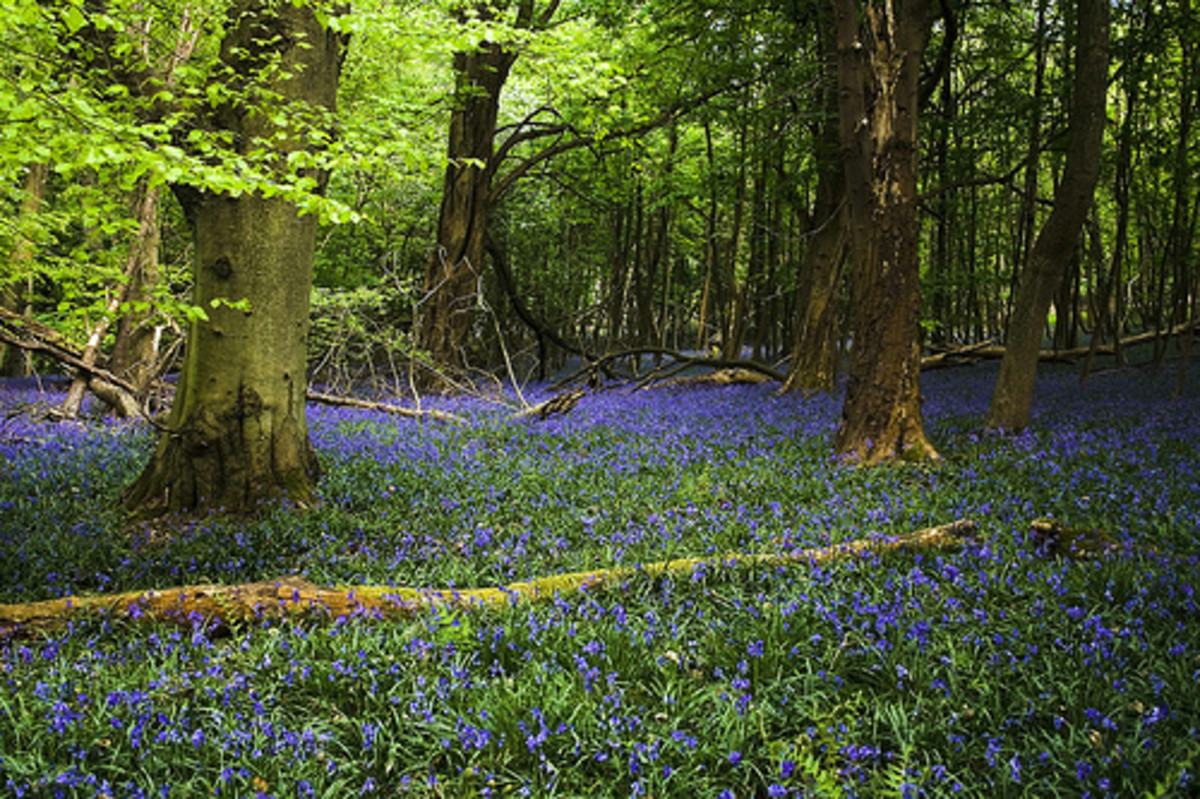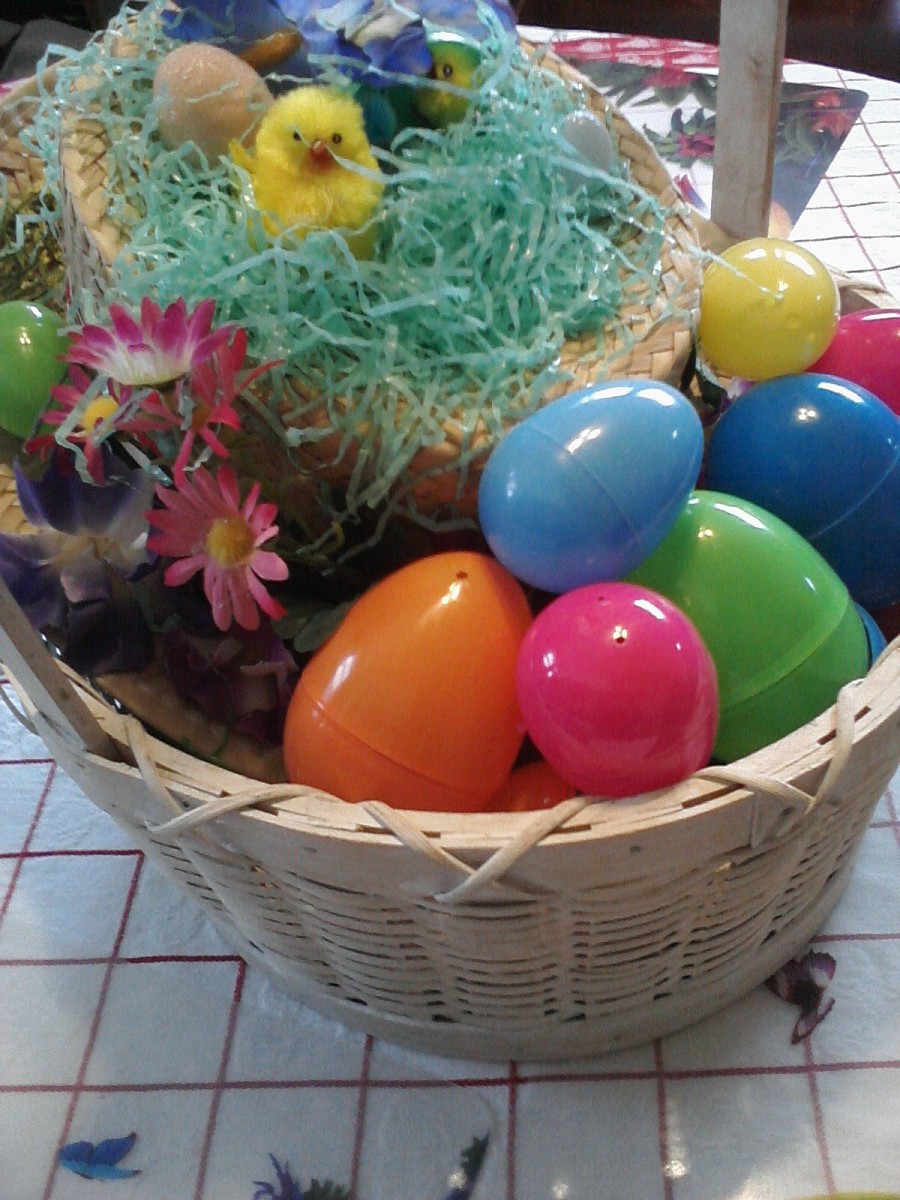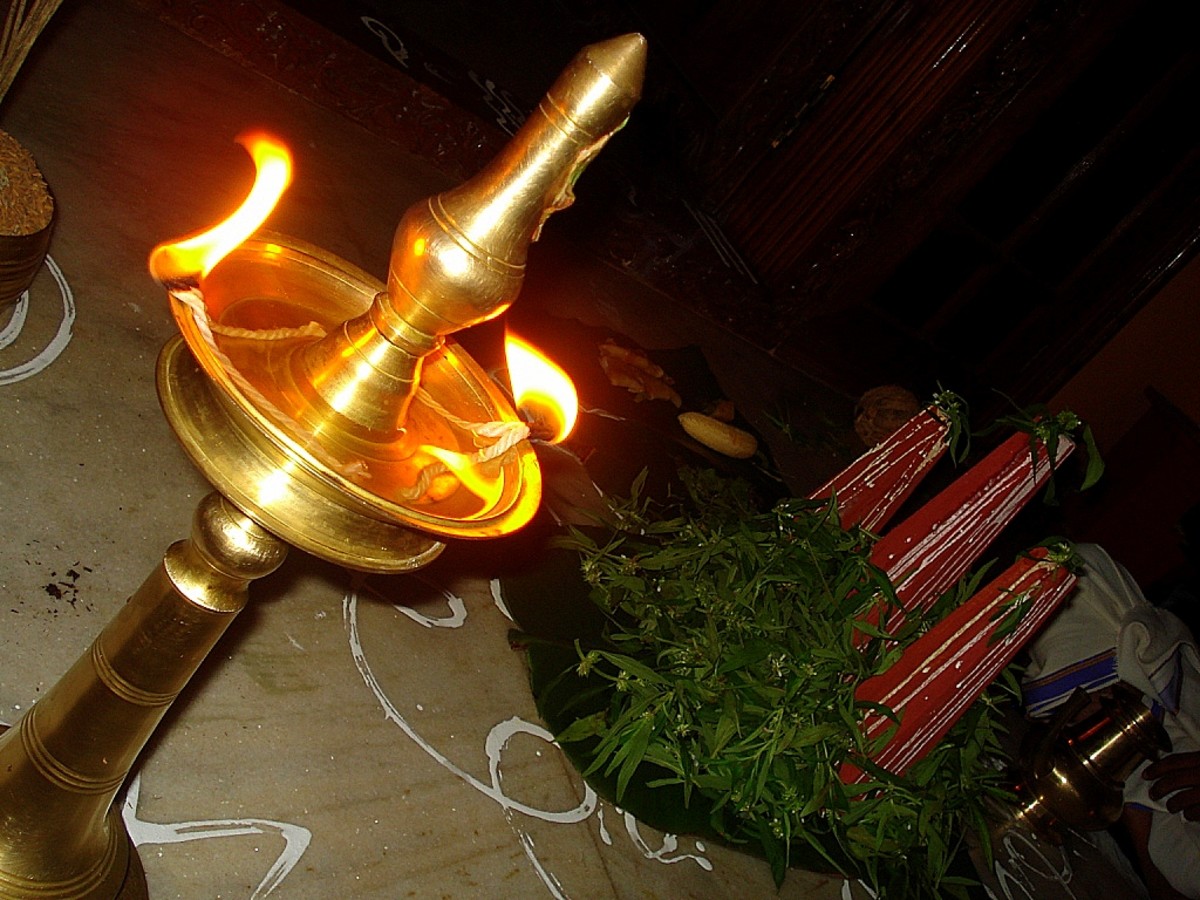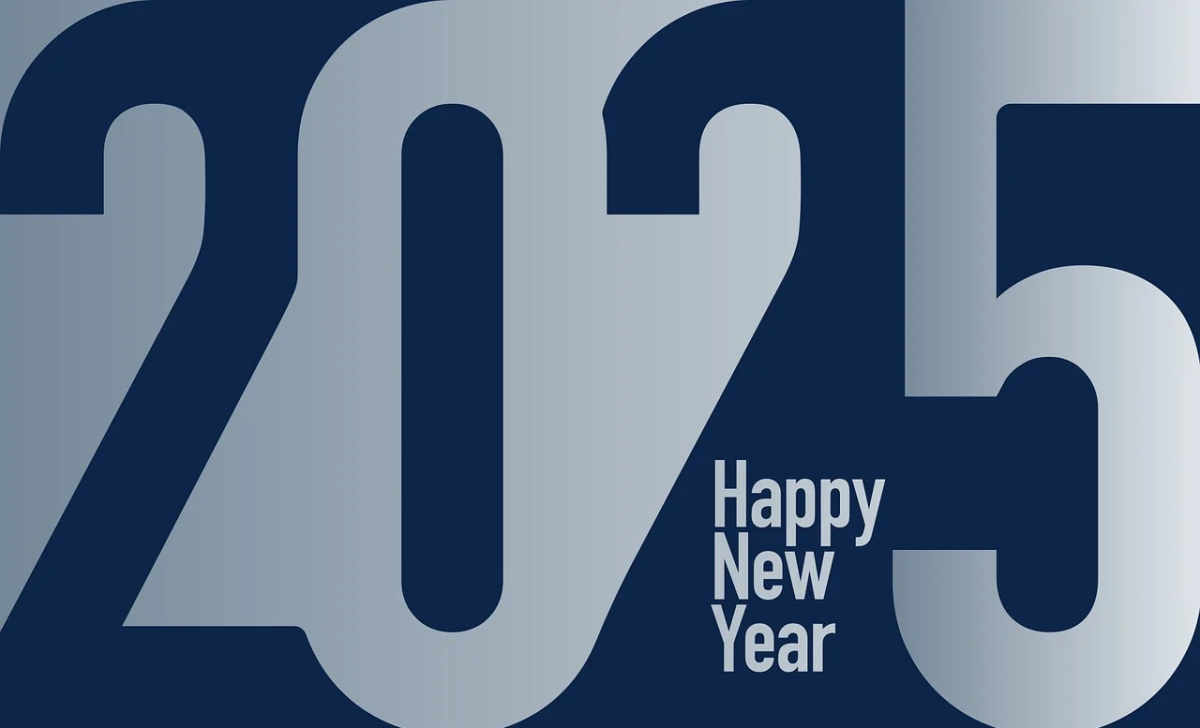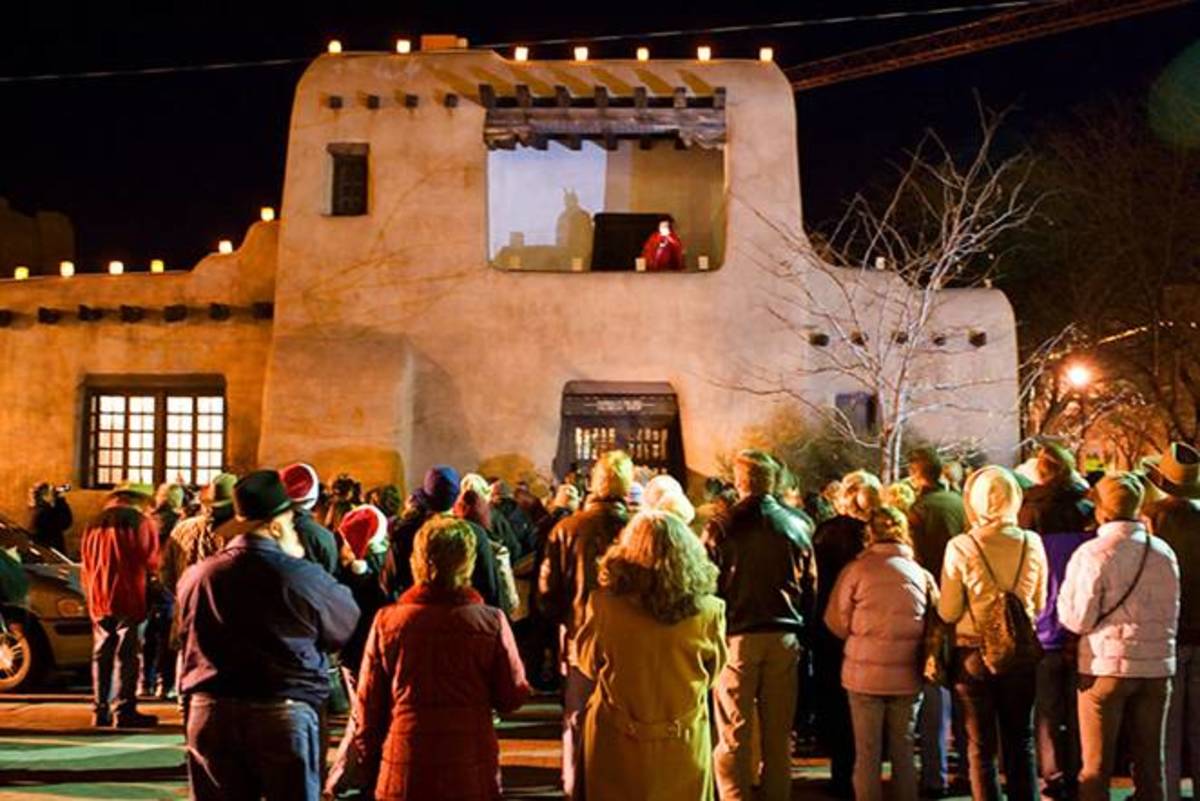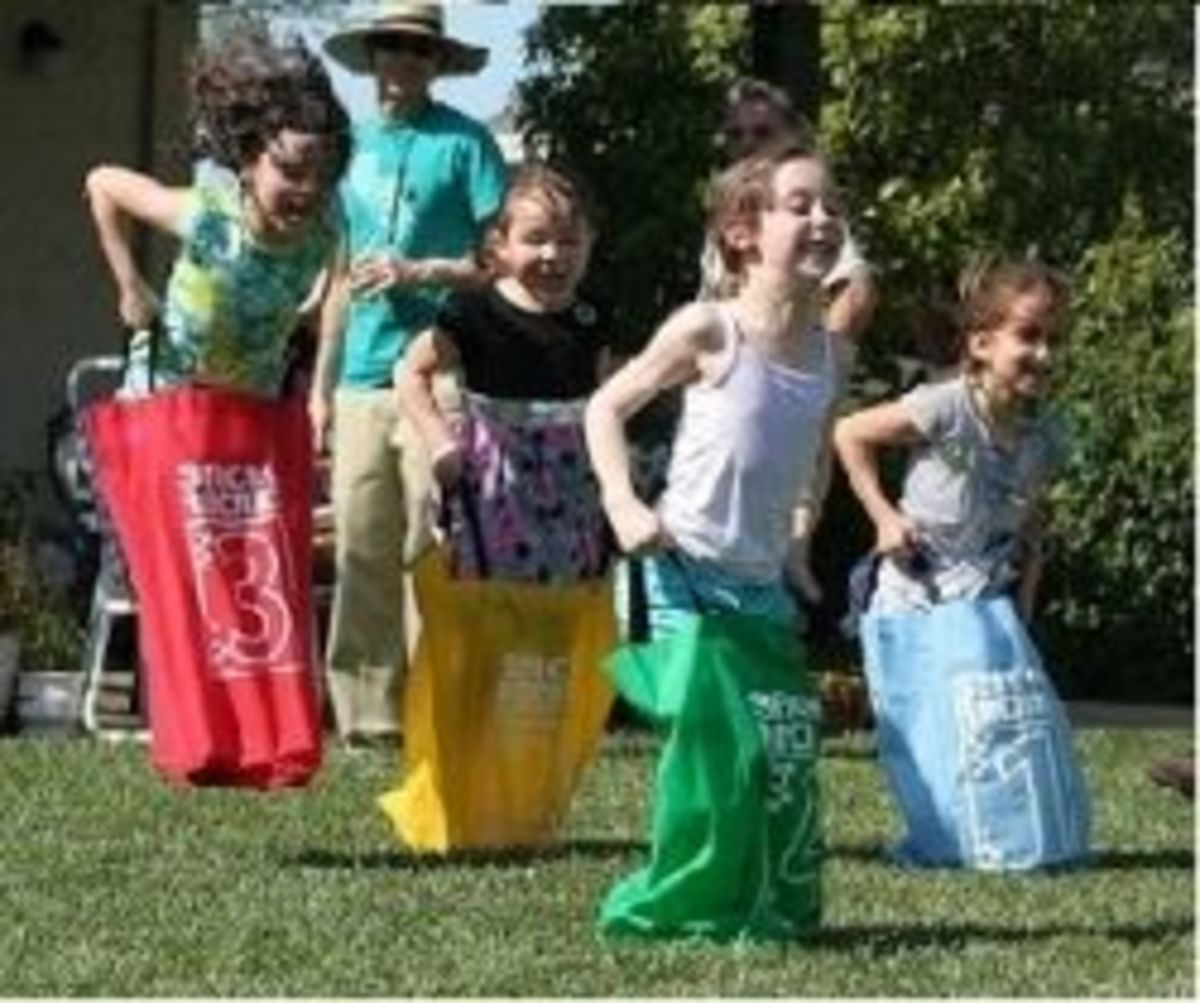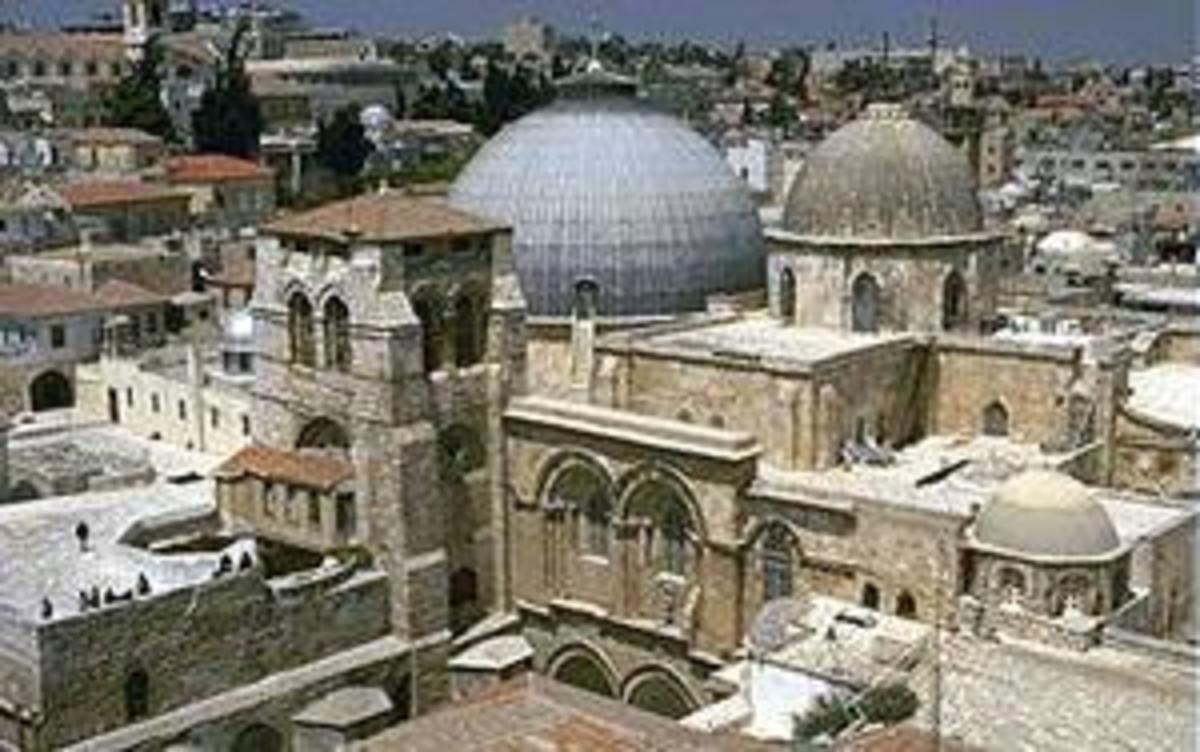Czech Easter: Fun and Ancient Practices
Czech Easter: Fun and Ancient Practices
What is Easter?
Easter was originally a pagan holiday celebrating the cycle of death and rebirth, with the focus being on nature. The pagan Easter celebration of death and rebirth took place around the time of the vernal equinox—at the end of winter and the beginning of spring, and the time of planting. Over time, Christians began to grow in number, converting pagans to the new religion, while also adapting many pagan holidays as a way to gain new converts.
Many of the Easter symbols we see today originated with the pagans. The very name “Easter” probably derives from Eostre, the Anglo-Saxon lunar goddess. Eostre’s feast day was celebrated on the first full moon following the vernal equinox. Eostre had two very important symbols: the hare and the egg. The hare symbolized fertility and new life, and the egg was also seen as a symbol of new life. Christianity has adopted the egg (Easter egg) as a symbol of Christ’s resurrection, while the commercialized version of Easter uses the Easter bunny (handing out colored Easter eggs and small gifts), along with other symbols incorporated into Easter celebrations.
Today, Easter is the most important celebration of the Christian calendar. Christians around the world celebrate Easter as the day Jesus Christ was resurrected (raised from the dead), on the third day after his death by crucifixion. Easter takes place on the first Sunday after the full moon following the vernal (spring) equinox; thus, Easter falls between March 22nd and April 25th each year. Easter Sunday is usually the day most Christians attend church services, even if they do not regularly attend services the rest of the year.
Easter is celebrated around the world in many ways in different countries—based on each country’s regional influence. Czechs have some very interesting Easter traditions not found anywhere else in the world; with one of their traditions seen as quite barbaric by Western women.
Two Days of Easter
Czechs celebrate two days of Easter—Easter Sunday and Easter
Monday. Easter Sunday is the traditional
day of Easter celebrated all over the world.
In many countries, including the Czech Republic, Easter Monday is
celebrated as a national public holiday. Many
Catholic churches, in the Czech Republic,
have Easter Monday services, in addition to the traditional Easter Sunday
service. Both Easter Sunday and Easter Monday are seen as important days to gather with family and friends to celebrate the holiday together.
How is Easter Celebrated in the Czech Republic?
During communist times religious holiday symbols were suppressed, and Czechs celebrated Easter as a way to welcome spring after long, dark, cold winters. After the Velvet Revolution, however, Czechs quickly embraced their traditional Christian Easter celebrations once again. Czechs greet one another on Easter by saying, “Veselé Velikonoce!" or literally, “Happy Great Night!” which refers to the night before Christ's resurrection. A Czech Easter has many Christian symbols and traditions, but also contains many symbols and traditions from ancient, pagan times.
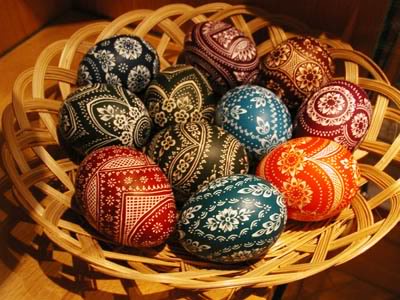
Czech Easter Eggs: Kraslice
Most Czech families will not celebrate Easter without kraslice or Easter eggs. Long ago, in pagan times, the egg was seen as a symbol of birth and renewal when winter ended and spring began. The eggs were often colored and given as gifts at the time of the vernal equinox during pagan celebrations and feasts. Once Christianity was brought to the Czech lands by Sts. Cyril and Methodius, around 863 A.D., Czechs began to practice a Christian form of Easter, and the colored eggs became a symbol of the risen Christ to the Czech people.
Kraslice come in many colors today, with red being the most traditional and ancient color for Czech Easter eggs. Ancient pagans saw red as the color of life, health, joy, and happiness. Early Christians saw the red egg as symbolizing the blood of Jesus Christ that was shed during his crucifixion, and also viewed the egg as symbolic of Christ's resurrection. Red kraslice continue to be an important symbol for Czechs, but nowadays the eggs are also done in many other colors. The colored kraslice are usually covered with very intricate designs. These designs are often done in a batik-style—with layers of color over a design done in wax, or colored eggs with a design scratched into their shells. Either way, Czech kraslice are beautiful symbols of Easter and spring
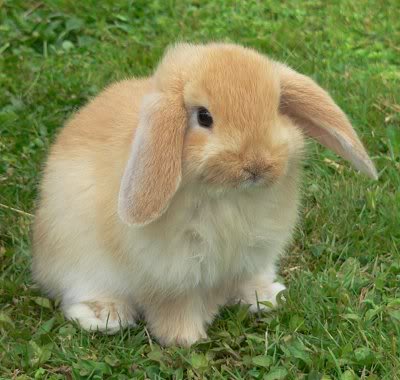
How to Make a Pomlazka
Baby Animals
Part of the Czech Easter tradition also includes baby animals such as baby rabbits, chicks, and lambs. These symbols are similar to those of the West. However, the Czechs do not believe in the Easter bunny. The Easter bunny is strictly viewed as a commercialization of the Christian Easter holiday, even by atheists in the Czech Republic. Lambs are seen as traditional animals of the spring, and are predominantly used in Czech Easter celebrations. Lamb is not eaten very much these days, but Czechs do make a cake (baked in the shape of a lamb) as a very prominent decoration on their Easter tables.
Traditional Easter Beating
One Czech Easter tradition is frowned upon by women of the West and is seen as quite barbaric. This Czech practice is the traditional Easter beating, or whipping, of women with a pomlázka. This practice dates back to ancient pagan fertility rites when beating certain plants and trees was supposed to increase their fertility for the coming season. This rite is still practiced by some tomato growers who say a good bruising of the plants will increase tomato yields.
The pomlázka is a switch made from braided willow branches by Czech men, though nowadays it’s also possible to buy the pomlázka already made. The men take these pomlázka, on Easter Monday, and “beat” the women in their homes and towns, while chanting the following poem:
Hody, hody, doprovody *Feast, feast, to visit come along
Dejte vajíčko malovaný Give me a painted egg
Nedáte-li malovaný If you will not give a painted egg
Dejte aspoň bílý Give me at least a white
Slepička vám snese jiný Hen who will give another egg
*Loosely translated from Czech to English by my Czech husband.
This traditional Easter “beating” or “whipping” is viewed by
Czech women as a very positive statement of care from their men. Surprisingly, the beating is supposed to
grant the women good health, fertility, strength and happiness till the next
Easter. The beating is not supposed to
cause any physical harm to the women, and is only a fun part of the ancient
celebration of springtime in the Czech lands.
After the beating, women are supposed to give the men gifts of kraslice,
alcohol, candy, food, or small coins as a way of thanking them for their
beating. One more note, women and girls
have the opportunity to return the favor of the Easter beating received from
their men by pouring cold water over their men’s heads. Many women take advantage of this opportunity, and many a man has a cold Easter shower.
Easter Beating
Easter as a Time to Gather Together
A traditional Czech Easter includes the kraslice and pomlázka, but is also seen as a time for gathering family and friends together for a celebration and feast. Traditional foods include slivovice, which is an alcoholic drink made from plums. Slivovice is often given to the men who have “beaten” the women with pomlázka. Other traditional Czech Easter dishes include mazanec (plaited bread loaf in the shape of an egg, usually decorated with raisins and almonds), Jidase (or Judas rolls to symbolize the money Judas was paid for betraying Christ), baranek (lamb-shaped pound cake coated with a sugary icing), pernik cookies (gingerbread cookies done with beautiful designs of icing decorations), and usually a huge dinner of ham or other meats, potato salads, and more.
Veselé Velikonoce!
Easter is an ancient holy day celebrated by many Christians around the world, with each country celebrating the holiday in it’s own way. Czechs have definitely found their own version of Easter and have filled it with many lively and beautiful traditions, including the colorful decorated kraslice. Easter is a wonderful time to gather with friends and family, no matter what country you live in. Have a wonderful and happy Easter wherever you may be. Veselé Velikonoce!
Join HubPages!
Join HubPages and start earning passive income from articles you write! Sign up today!
Photo Credits
Kraslice by hispeanut on Photobucket.com
Bunny by Jennifer123_02 on Photobucket.com

